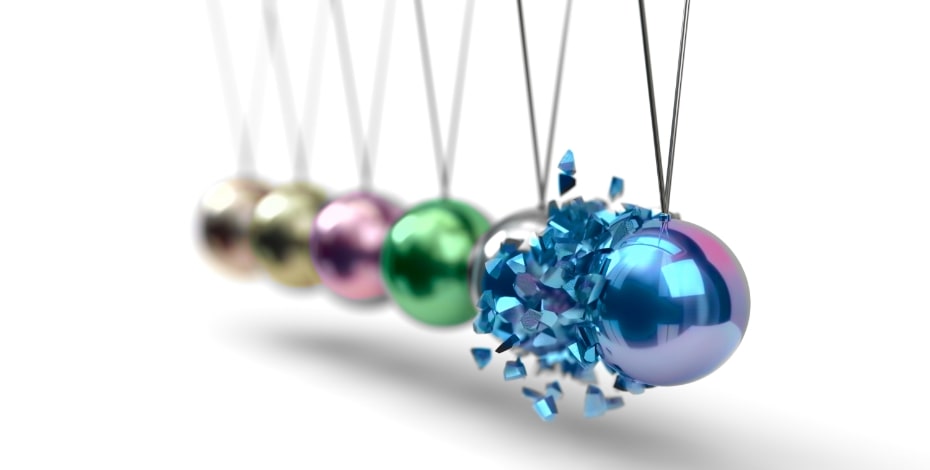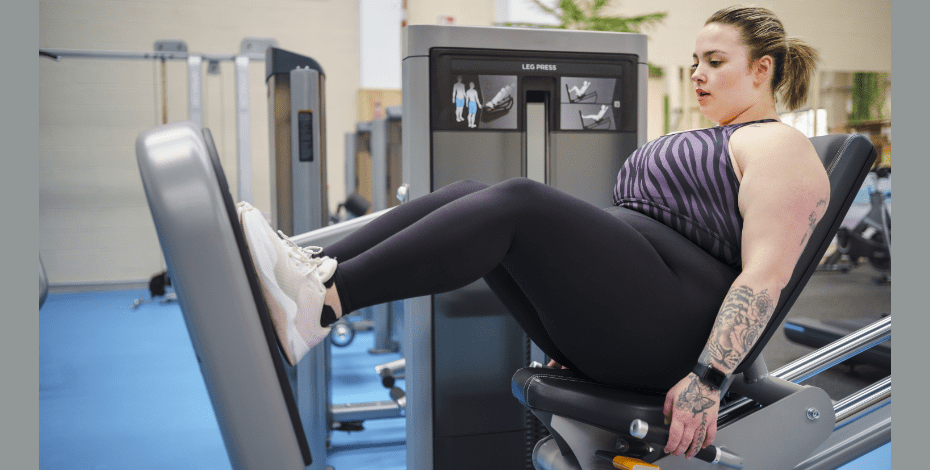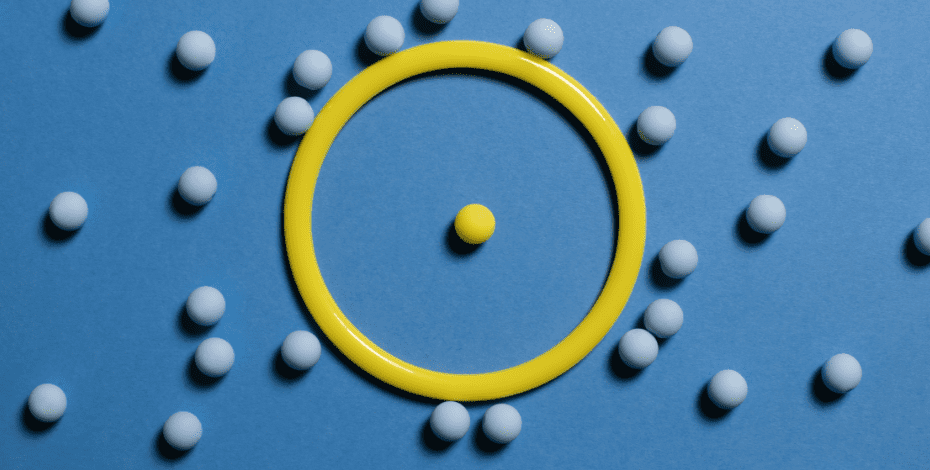
Technology tackles the big questions

Byron Field looks at research investigating a clinical need for improving head injury surveillance and considers the integration of wearable technology in contact sports.
The diagnosis and management of concussion has, historically, relied on clinical judgement and specialist opinion. Tools such as the Sports Concussion Assessment Tool 5 have been developed and include inventories or scales that require self-reporting, comparing injury to baseline scores.
Such tools are limited, however, when it comes to assessing complex cognitive processing, an athlete’s reaction time or their working memory (Resch et al 2013).
Recognising athletes who have potentially sustained a concussion from an impact poses substantial challenges.
Newer technologies including wearable sensors have helped improve recognition of the biomechanics of a concussion.
Despite advancements in diagnostic accuracy, there are limitations at all levels of concussion assessment and management (Echemendia & Gioia 2018).
As there is still no valid biomarker for concussion, the clinician responsible for the return-to-play decision is faced with answering the question of whether the athlete is ready to safely return to the competitive, rapidly changing contact sport environment.
In order to advance understanding, recognition and management of concussion, it is critical that all technological advancements in head impact monitoring be investigated and their efficacy thoroughly examined with a view to considering their routine use in contact sports.
The return-to-competition question faced by the practitioner is complex. It should consider the impact of the traumatic insult to the normal biochemical and metabolic homeostasis of the brain.
Concussion has the potential to impair the metabolic pathways of cells that survive the insult, affecting the normal energy supply chain within the brain for days after the injury (Vagnozzi et al 2008).
We must consider whether self-reported symptom resolution or measures used to assess cognitive recovery may precede or lag behind the changes in the complex homeostasis of the brain (McCrory et al 2017, Haider et al 2018).
Without appropriate recovery, the athlete is vulnerable to additional injury, thought to disproportionately lead to a condition similar to that of severe traumatic brain injury (Vagnozzi et al 2008).
Understanding the limitations of the current assessment and return-to-play process is of critical importance, given what is at stake for players.
An exploration of the identification and biomechanical signature of acute concussions as an adjunct to the current standard processes is required.

Byron Field.
The rationale is that if the biomechanical profile of concussive injury is elucidated, clinicians may be able to more rapidly identify the concussed athlete (King et al 2015).
Understanding the linear and angular acceleration profile of a concussive event may also enhance the rehabilitation process, which currently lacks any consideration
of normal exposure levels prior to return to play.
Previous reviews of the forces sustained during concussive head impacts identified a linear acceleration mean of 98.68 g and rotational acceleration mean of 5776 rads/s2 (Brennan et al 2017).
Although there are a range of forces that can instigate a physiological process, the minimum threshold is still unknown (Romeu-Meijia et al 2019).
Traditional head impact telemetry has targeted the combined linear and angular acceleration of the skull, which results in transient pressure gradients within the soft tissue of the brain.
If these exceed the tolerable limits, injury occurs (O’Connor et al 2017). While various head impact sensors are commercially available, recent validation studies have questioned their clinical utility, citing error rates in filtering algorithms, lack of video confirmation and low specificity in predicting concussive injury (Patton et al 2020).
The majority of head impact sensor research has been completed in helmeted sports, which lends itself to in-built instrumentation and skin-mounted technologies (O’Connor et al 2017).
However, helmeted systems are limited in the sports they can measure and reports indicate that skin-mounted sensors are not optimal for helmeted sports (comfort and helmet movement) and are subject to falling off or being torn off (O’Connor et al 2017).
A validated and reliable head impact sensor, attached to the upper dentition (and thus directly to the skull) via a player’s mouthguard may enhance recognition strategies.
It has the potential to be added to the current assessment battery and to assist the pitch-side clinician to identify high-risk events and potentially informing the timely removal of an athlete from play.
The ability to directly measure and record the magnitude of impacts (linear and angular acceleration forces to the head and torso) is of critical importance in developing our understanding of the relationship between the exposure and magnitude of head impacts and concussion.
Instrumented mouthguards have been presented as a novel way of measuring head impact kinematics (Liu et al 2020).
Promisingly, they have been shown in vivo (head-form) and ex vivo (cadaver) studies to effectively minimise displacement from the skull due to rigid coupling to the upper dentition (Liu et al 2020).
With numerous devices now commercially available to clinicians, the use of instrumented mouthguards warrants a comprehensive review of their clinical utility and limitations.
>> APA Sports and Exercise Physiotherapist Byron Field APAM MACP is the Head of Performance Health at the ACT Brumbies in Canberra. Byron is a PhD candidate at the University of Canberra Research Institute for Sport and Exercise. His research in the field of concussion looks at the biomechanics of head impacts in men’s and women’s rugby union.
- References
-
Echemendia, R. J. and G. A. Gioia (2018). "The role of neuropsychologists in concussion evaluation and management." Handbook of Clinical Neurology 158: 179-191.
Guskiewicz, K. M., S. W. Marshall, J. Bailes, M. McCrea, R. C. Cantu, C. Randolph and B. D. Jordan (2005). "Association between Recurrent Concussion and Late-Life Cognitive Impairment in Retired Professional Football Players." Neurosurgery 57(4): 719-726.
King, D., P. A. Hume, M. Brughelli and C. Gissane (2015). "Instrumented Mouthguard Acceleration Analyses for Head Impacts in Amateur Rugby Union Players Over a Season of Matches." The American Journal of Sports Medicine 43(3): 614-624.
Liu, Y., A. G. Domel, S. A. Yousefsani, J. Kondic, G. Grant, M. Zeineh and D. B. Camarillo (2020). "Validation and Comparison of Instrumented Mouthguards for Measuring Head Kinematics and Assessing Brain Deformation in Football Impacts." Annals of biomedical engineering 48(11): 2580-2598.
McCrory, P., W. H. Meeuwisse, J. Dvořák, R. J. Echemendia, L. Engebretsen, N. Feddermann-Demont, M. McCrea, M. Makdissi, J. Patricios, K. J. Schneider and A. K. Sills (2017). "5th International Conference on Concussion in Sport (Berlin)." British journal of sports medicine 51(11): 837-837.
O'Connor, K. L., S. Rowson, S. M. Duma and S. P. Broglio (2017). "Head-Impact–Measurement Devices: A Systematic Review." Journal of athletic training 52(3): 206-227.
Haider, M. N., Leddy, J. J., Pavlesen, S., Kluczynski, M., Baker, J. G., Miecznikowski, J. C., & Willer, B. S. (2018). A systematic review of criteria used to define recovery from sport-related concussion in youth athletes. British journal of sports medicine, 52(18), 1179-1190.
Patton, D. A., C. M. Huber, D. Jain, R. K. Myers, C. C. McDonald, S. S. Margulies, C. L. Master and K. B. Arbogast (2020). "Head Impact Sensor Studies In Sports: A Systematic Review Of Exposure Confirmation Methods." Annals of Biomedical Engineering 48(11): 2497-2507.
Resch, J. E., M. A. McCrea and C. M. Cullum (2013). "Computerized Neurocognitive Testing in the Management of Sport-Related Concussion: An Update." Neuropsychology Review 23(4): 335-349.
Vagnozzi, R., S. Signoretti, B. Tavazzi, R. Floris, A. Ludovici, S. Marziali, G. Tarascio, A. M. Amorini, V. Di Pietro, R. Delfini and G. Lazzarino (2008). "Temporal window of metabolic brain vulnerability to concussion: a pilot 1H-magnetic resonance spectroscopic study in concussed athletes--part III." Neurosurgery 62(6): 1286-1296.
© Copyright 2024 by Australian Physiotherapy Association. All rights reserved.






